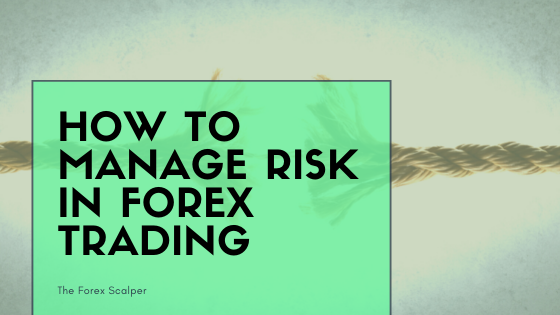How to manage risk in forex trading
How to manage risk in forex trading
Risk Management -How to manage risk in forex trading
Once you have the facts it is decision time.
You can choose to do nothing or seek to reduce the exposures or to hedge them in whole or in part.
The unforgivable sins are to fail to consider the risks or fail to act on any decisions.
The risk culture of your business is critical and must be established at the most senior level.
Above all it calls for honesty.
Too often individuals are criticized for decisions that, at the time, were in tune with the organization’s perceived appetite for risk.
But it is never easy to set down effective guidelines and the range of exposures for even a simple transaction can be extensive.
For example, an exporter needing to borrow to finance a sale in foreign currency may have to consider counterparty credit risk, funding risk and interest rate risk.
The permutations are endless and the costs of hedging transactions to reduce or eliminate every possible exposure could potentially swallow any profit from a deal.
How to manage risk in forex trading
While losses are likely to be quantitative, the potentially infinite number of risk combinations means that the skills needed to make good decisions are usually qualitative. Even a computer programmed to consider every conceivable permutation of risks needs to be told what level of exposure is acceptable. Any program is only as good as the parameters and data fed into it by people who have themselves been conditioned by experience.
But what of the improbable.
The wholly unexpected or the never-seen-before?
How to manage risk in forex trading.
Effective risk management requires thinking the unthinkable.
This does not in any way lessen the great value of the many sophisticated risk-management systems available.
The problems come if people start to think of them, and the models they are based on, as infallible.
It is also common for the development of control systems to come after any new risk-related products.
Be careful not to bet the business until the exposure is known. To be in business you must make decisions involving risk. However sophisticated the tools at your disposal you can never hope to provide for every contingency.
But unpleasant surprises should be kept to a minimum.
Ask yourself… -How to manage risk in forex trading.
1- Can the risks to your business be identified, what forms do they take and are they clearly understood? Particularly if you have a portfolio of activities?
2 – Do you grade the risks faced by your business in a structured way?
3 – Do you know the maximum potential liability of each exposure?
4 – Are decisions made on the basis of reliable and timely information?
5 – Are the risks large in relation to the turnover of your business and what impact could they have on your profits and balance sheet?
6 – Over what time periods do the risks exist?
7 – Are the exposures one-off or are they recurring?
8 – Do you know enough about the ways in which you exposures can be reduced or hedged and what it would cost including the potential loss of any upside profit?
9 – Have trading and risk-management functions or decisions been adequately separated?
Where to place stops – How to manage risk in forex trading
We stop out of a trade when we no longer want to hold onto that particular position.
The question that arises is: WHY do we want to get out of that trade?
There can be 2 reasons for stopping out of a trade.
EITHER the market tells us that our intrinsic View or Directional Assessments itself was wrong.
OR we stop out of a trade because we think we can establish another position at a better level than the previous one.
How to manage your risk Forex.
The effort should be to choose a meaningful SL which is neither too close to the entry to get activated soon after entry.
Nor so far away from the entry that we have no time or space left for follow up action.
The difficult part about the paragraph above is that it requires us to have a Trading Plan or Strategy .
And to choose our Entry much more carefully than we tend to do, in accordance with that plan.
How to manage your risk Forex.
Follow through action required we come back to the reasons for wanting to stop out.
In the first case, when our directional reading has been proved wrong.
We should look to enter into a trade in the opposite direction – a case of Stop-and-Reverse (SAR).
It needs to be pointed out here that it is NOT necessary to SAR at the same instance and level all the time.
If you are an intra-week (or longer) trader, you can enter into a reverse trade after stopping out of the original trade.
Allowing yourself time to reformulate your strategy.

How to manage your risk Forex want to know more contact us!









